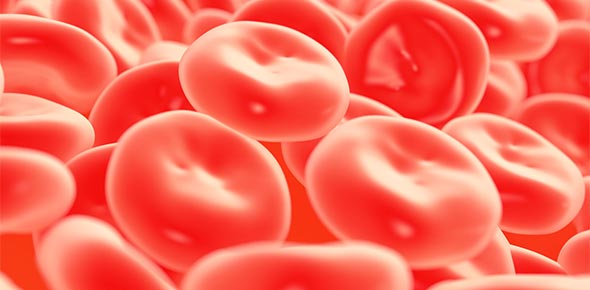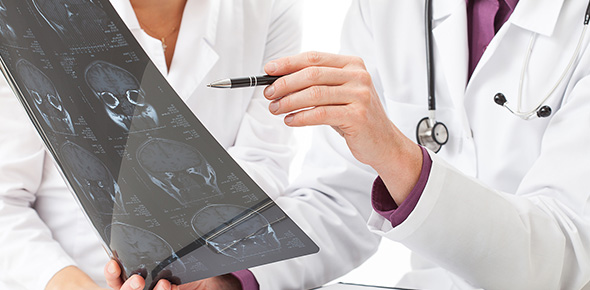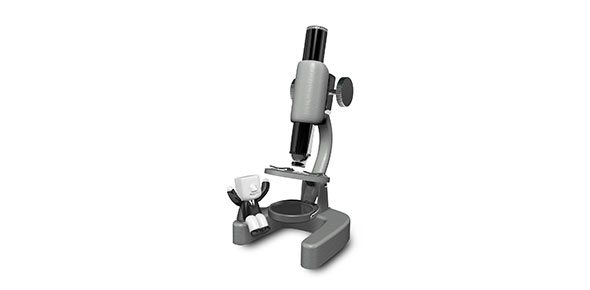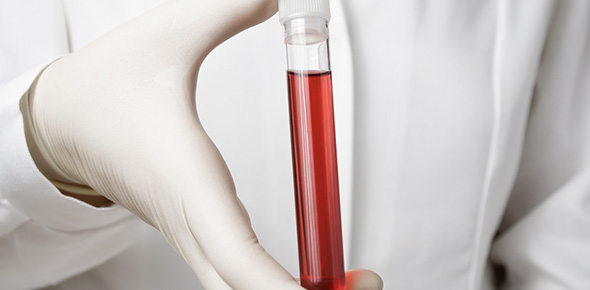Related Flashcards
Related Topics
Cards In This Set
| Front | Back |
|
Cardiovascular Disease (CV Disease)
|
*leading cause of death in US & world
*the genetic, neurohumoral, and inflammatory mechanisms that underlie tissue and cellular processes, such as endothelial injury, remodeling, stunning, reperfusion injury, and autoimmune disease.
|
|
Varicose Veins
|
*vein in which blood has pooled
*typically involve the saphenous veins of the legs and are distended, tortuous, and palpable
*caused by (1) trauma to the saphenous veins that damages one or more valves, or (2) gradual venous distention caused by the action of gravity on blood in the legs.
|
|
What happens when the valve is damaged?
|
*permits backflow- a section of the vein is subjected to the pressure exerted by a larger volume of blood under the influence of gravity. The vein swells as it becomes engorged and surrounding tissue becomes edematous because increased hydrostatic pressure pushes plasma through the stretched vessel wall.
|
|
chronic venous insufficiency (CVI)
|
*inadequate venous return over a long period. Venous hypertension, circulatory stasis, and tissue hypoxia lead to an inflammatory reaction in vessels and tissue leading to fibrosclerotic remodeling of the skin and then to ulceration
|
|
Symptoms of CVI
|
*chronic pooling of blood in the veins of the lower extremities and
*hyperpigmentation of the skin of the feet and ankles.
*Edema in these areas may extend to the knees.
*Venous stasis ulcers
|
|
venous stasis ulcers
|
Any trauma or pressure can therefore lower the oxygen supply and cause cell death and necrosis
|
|
How can infection occur?
|
because poor circulation impairs the delivery of the cells and biochemicals for the immune and inflammatory responses
|
|
Deep Venous Thrombosis (DVT)
|
*varicose veins and CVI may be associated b/c of changes in collateral flow and shared risk factors
*obstruction of venous flow- increased venous pressure
|
|
Factors of DVT
|
*venous stasis
*venous endothelial damage
*hypercoaguable states
*post-thromotic syndrome
|
|
Thrombus Formation
|
*accumulation of clotting factors and platelets in vein , often near valve
*inflammation promotes further platelet aggregation and it propagates or grows proximally
*If the thrombus creates significant obstruction to venous blood flow, increased pressure in the vein behind the clot may lead to edema of the extremity
|
|
Thrombus
|
Blood Clot that remains attached to the vessel wall
|
|
Thromboembolus
|
Detached thrombus
|
|
Thrombophlebitis
|
Occurs when a blood clot causes swelling in one or more of your veins, typically in your legs. On rare occasions, thrombophlebitis (often shortened to "phlebitis") can affect veins in your arms or neck.
|
|
Arterial Thrombi
|
Arterial clot
|
|
Venous Thrombi
|
Venous clot, more common than arterial b/c flow and pressure are lower
|








